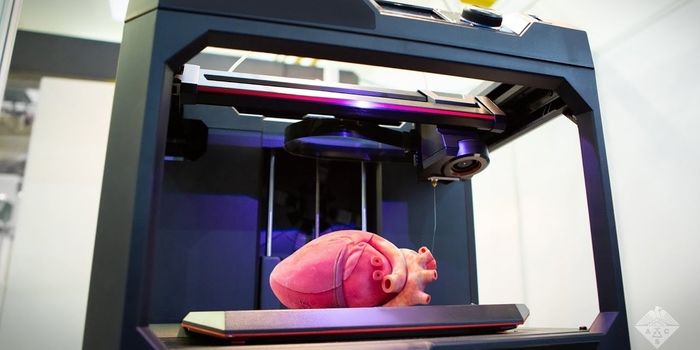The history of HIV/AIDS includes thousands of deaths, but only one person was ever considered "cured." This patient was a 40-year-old man who had been infected with HIV for over 10 years when he also developed leukemia. Following the standard treatment for leukemia, the patient underwent a bone marrow transplant. But he didn't receive stem cells from any donor. The stem cells this patient received contained a rare mutation called CCR5delta32, which showed high resistance to HIV. Indeed, following the transplant with HIV-resistant stem cells, the patient's HIV count remains undetectable, even without use of antiretroviral therapy.
Why did this treatment work for this Berlin patient, and why haven't more cases like this been replicated? For one thing, scientists aren't too sure why or how the stem cell transplant cured the HIV in the Berlin patient. In particular, the donor stem cells were HIV resistant, but not completely HIV proof, as there are other ways that HIV can infiltrate the system.
There are still many other considerations for why the treatment for the Berlin patient won't work in other HIV-positive patients. Watch the video to learn more.








